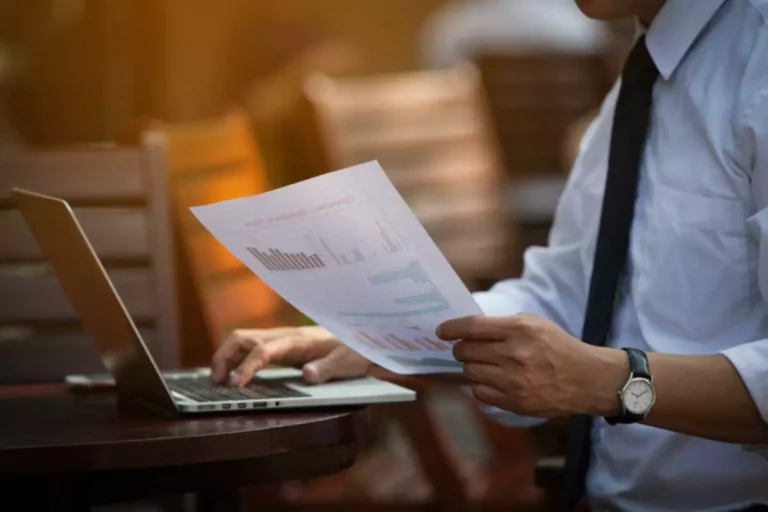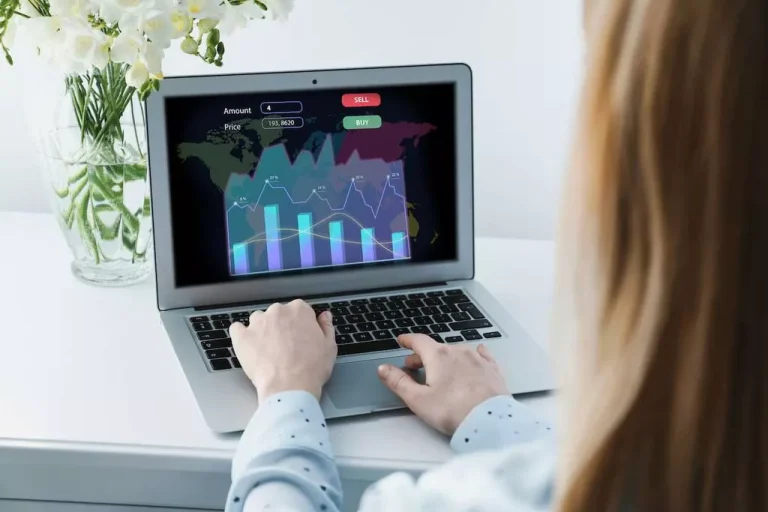True ETF Liquidity J P. Morgan Asset Management
Content
The third layer of liquidity is the creation and redemption mechanism of ETFs, a feature designed to handle the large trade / low on-screen volume problem. Finally, the number of market makers and their ETF inventory also helps support liquidity. Issuers often cultivate relationships with market makers in order to create a more fluid market in their ETFs. Bid-Ask Spread The https://www.xcritical.com/ difference between the highest price a buyer is willing to pay for an asset and the lowest price the seller will accept to sell. ETFs started out investing in straightforward benchmarks, such as the S&P 500 and the Nasdaq-100. But today, many ETFs follow indexes that are constructed using so-called fundamental measures, such as a company’s total earnings or its dividend history.
Other advantages of ETFs: low tax bills and no minimum investment
Some ETFs try to enhance return by using leverage or by betting against the direction of the market. So-called exchange-traded notes (ETNs) don’t invest in stocks or bonds at all; rather, they are bank-issued debt. Other exchange-traded products are actually trusts, which often buy physical commodities, such as gold Proof of work or silver. Look for liquidity providers that have earned industry recognition and prestigious awards.
Best Forex Liquidity Providers 2024
Low buying and selling volumes may widen the bid-ask spread, whereas excessive trading volume will slender this unfold. Here I look at a few parameters one must remember when selecting such investments. Just as a result of they are passive investments doesn’t imply they are all equivalent and even similar. As of January 2021, there etf liquidity providers are greater than 80 ETFs (excluding Gold ETFs) in India which collectively manage belongings worth Rs 2.fifty six lakh crore.
What is included in ICI’s monthly ETF report?
When an ETF is trading at a premium, market participants may find it profitable to sell short the ETF during the day while simultaneously buying the underlying securities. At the end of the day, the APs (on their own behalf or on behalf of other market participants) will deliver the creation basket to the ETF in exchange for ETF shares that are used to cover the short sales. Liquidity is the lifeblood of any financial market, determining the ease with which assets can be bought or sold.

If you’re looking to build a complete portfolio of ETFs, you can try out the ETF Portfolio BuilderLog In Required tool, which can help you create a diversified ETF portfolio based on your risk tolerance. Or, if you need a bit more support in making progress on your investing journey, you can learn about how we can work together. With a plethora of indexes in the investing universe, how do investors pick? Financial professionals can help investors determine the appropriate index by understanding the investors’ investment objectives and the purpose of the ETF. The funds described in the following pages can be marketed in certain jurisdictions only. It is your responsibility to be aware of the applicable laws and regulations of your country of residence.

A passive ETF that tracks the Dow Jones Industrial Average® is likely to own the same 30 stocks that are in the index, in the same proportion as the index. An ETF that tracks long-term US Treasury bonds is likely to own long-term Treasury bonds. For example, some commodity-tracking funds—like funds that track the price of gold, silver, or oil—hold a physical stockpile of that underlying commodity in a vault. One of these approaches isn’t necessarily better or worse than another, but each can come with its own tradeoffs.
In such ETFs, promoting your current units or shopping for new ones could be difficult because of liquidity. Secondary market liquidity is the ease with which investors can buy or sell ETF shares on exchanges, much like individual stocks. This liquidity is visible through metrics such as trading volume, market depth, and the bid-ask spread. High trading volumes and narrow bid-ask spreads frequently signify good liquidity, making it easier and more cost-effective for investors to trade. There’s no question that exchange-traded funds have become a major part of the investor’s toolkit.
However, investors should remember that these are very different investment vehicles. ETNs may also have a stated strategy, track an underlying index of commodities or stocks, and require fees, among other features. As a result of the stock-like nature of ETFs, investors can buy and sell during market hours, as well as enter advanced orders on the purchase, such as limits and stops.
Equity securities may fluctuate in value and can decline significantly in response to the activities of individual companies and general market and economic conditions. Important Risk Information There can be no assurance that a liquid market will be maintained for ETF shares. From Sectors and Smart Beta to Fixed Income, SPDR Exchange Traded Funds (ETFs) give you wide access to diverse investment opportunities. By daily trading volume, the S&P 500 SPDR (SPY), Invesco QQQ (QQQ), and Financial Select Sector SPDR (XLF) tend to be among the most active ETFs. David is comprehensively experienced in many facets of financial and legal research and publishing.
Often baskets will track the ETF’s portfolio through either a pro rata slice or a representative sample. At times, baskets may be limited to a subset of the ETF’s portfolio and contain a cash component. For example, the composition of baskets for bond ETFs may vary from day to day with the mix of cash and the selection of bonds in the baskets based on liquidity in the underlying bond market.

The fund may permit or require an AP to substitute cash for some or all of the securities or assets in the creation basket. This generally occurs when an instrument in the creation basket is difficult to obtain or may not be held by certain types of investors (such as certain foreign securities). An AP also may be charged a cash adjustment or transaction fee to offset any transaction expenses the fund undertakes.
In general, higher the trading volume of a stock, the greater the liquidity of the security. Knowing that, if you’re seeking liquidity, it makes sense to rule out stocks with lower ADV when building your portfolio. Because different ETFs treat capital gains distributions in various ways, it can be a challenge for investors to stay apprised of the funds in which they take part. It’s also crucial for an investor to learn about how an ETF treats capital gains distributions before investing in that fund. Fidelity is not recommending or endorsing this investment by making it available to its customers. Particularly for the core parts of their portfolio, some investors prefer to invest with an established ETF provider with a strong reputation and long investing track record.
- While ETFs may be traded on the stock change, they persist with stocks listed within the BSE or NIFTY Index.
- In addition, investments that incur cash flow such as interest or dividends may automatically be reinvested into the fund.
- Understanding how these factors affect an ETF’s liquidity and, therefore, how its profitability will improve results is especially important in environments where every cent counts.
- The AP can either keep the ETF shares that make up the creation unit or sell all or part of them to its clients or to other investors on a stock exchange, in a “dark pool” (private exchange), or in other trading venues.
- ETF liquidity matters because it impacts the ability to buy and sell ETFs, and also impacts the return investors make.
These include national securities exchanges (e.g., NYSE, Nasdaq and CBOE), alternative trading systems (ATSs or “dark pools”), and over the counter. Let’s break down Figure 1 to understand the key ETF trading activities point by point. Each of these players has a distinct role, and their collective actions contribute to the liquidity and overall efficiency of the ETF market. That’s why investors turn to SPDR® ETFs — especially when the VIX trends above its long-term average. Identifying a reliable LP is paramount for businesses seeking a competitive edge, but the extensive choice of potential partners in the market makes this process challenging.


Commenti recenti